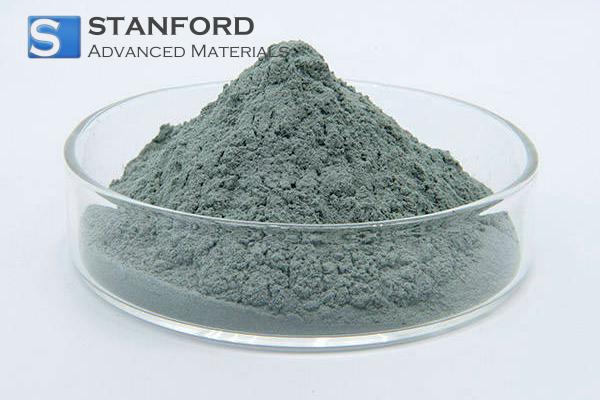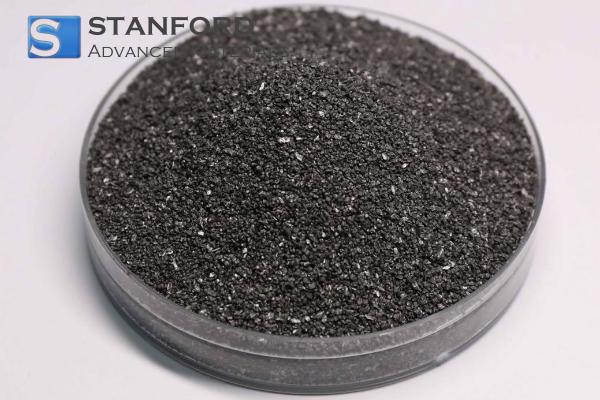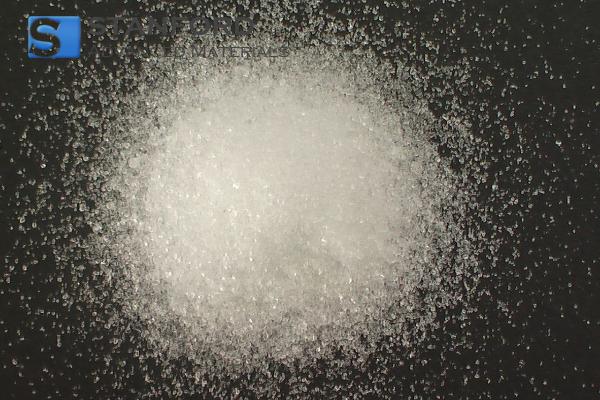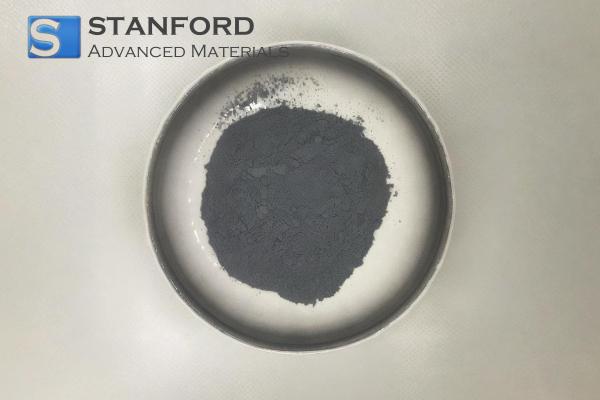Attenuation Coefficients: Basics And Applications
What are attenuation coefficients?
Simplified, the attenuation coefficient indicates how much the intensity of a wave (for example, light, sound or radio waves) decreases as it propagates through a material. The intensity reduction occurs due to scattering, absorption and other processes that disperse the energy of the wave. The attenuation coefficient is a material-specific parameter that quantifies the extent to which a medium absorbs or scatters the wave.
Mathematically, the damping coefficient α is defined by the following relationship:
I = I₀⋅e −αx
Where:
- I is the intensity of the wave after passing through the material.
- I₀ is the initial intensity of the wave.
- α is the attenuation coefficient (expressed in units such as per metre or per centimetre).
- x is the distance the wave travels through the medium.
The attenuation coefficient may depend on factors such as wave frequency, material properties and the type of wave.
Measurement of attenuation coefficients
The simplest method for measuring attenuation coefficients involves transmitting a wave through a material and measuring its intensity before and after passage. This approach applies to various types of waves, including sound, light and electromagnetic radiation.
For light waves(optical attenuation), measurements can be performed using spectrophotometers or other optical instruments. These instruments quantify the extent of light absorption or scattering by the material, thereby enabling calculation of the attenuation coefficient.
For sound waves, particularly in underwater or atmospheric acoustics, attenuation coefficients are determined by measuring sound intensity at various distances from the source. This procedure takes into account factors such as frequency and the medium’s composition, which influence the absorption or scattering of sound energy.
Electromagnetic attenuation is measured with instruments such as signal analysers and oscilloscopes, which record how much the signal strength decreases as it passes through cables or conductive materials. By applying the inverse of the above formula, the attenuation coefficient can be deduced from the measured signal loss over a known distance.
Applications of attenuation coefficients
Attenuation coefficients are utilised in fields such as telecommunications, medicine, environmental science and materials engineering. The following sections detail some key applications:
Telecommunications and Network Technology
In telecommunications, the attenuation coefficient is a critical parameter when designing and maintaining communication systems such as optical fibres and radio transmissions. The coefficient of the materials used in cables (for example, optical fibres) determines the distance a signal can be transmitted before amplification or regeneration is required. Higher attenuation results in increased signal loss over extended distances, thereby affecting communication quality.
Medical Imaging and Diagnostics
In medical imaging, particularly for X-ray and CT scans, attenuation coefficients are used to quantify the interaction between X-rays and bodily tissues. Different tissues (such as bone, muscle and fat) exhibit distinct attenuation properties. Analysis of these coefficients assists practitioners in detecting anomalies such as tumours or fractures.
Acoustics and Sonar
Attenuation coefficients are essential in acoustics, especially in sonar applications and underwater acoustics. The coefficient quantifies the loss of sound energy during propagation in water. This measurement is significant for submarine navigation, underwater research and the study of acoustic noise in marine environments.
Environmental Monitoring
In environmental science, attenuation coefficients are employed to study how pollutants or contaminants disperse in air or water. For example, measuring the attenuation of specific wavelengths of light can help assess water clarity and the presence of contaminants. These measurements also contribute to meteorological forecasts and climate change assessments.
Materials Science and Engineering
In materials science, attenuation coefficients quantitatively characterise the interaction between materials and different types of radiation. They provide data for evaluating the shielding performance of materials such as metals or polymers. Engineers use these coefficients when designing protective barriers for applications including radiotherapy and nuclear reactor facilities.
Frequently Asked Questions
Does the attenuation coefficient depend on the frequency of the wave?
Yes, the attenuation coefficient is frequency-dependent. At higher frequencies, the wave is absorbed and scattered to a greater extent.
Can attenuation coefficients be negative?
No, attenuation coefficients cannot be negative. A negative value would imply an increase in wave intensity, which does not occur under natural conditions.
How does temperature affect attenuation?
Temperature can significantly influence wave attenuation, particularly in gases and liquids. With increasing temperature, the absorption of sound or light may increase, thereby leading to a higher attenuation coefficient.
Are attenuation coefficients identical for all materials?
No, attenuation coefficients vary according to the material. For example, materials such as lead have a high attenuation coefficient for X-rays, whereas glass or plastic exhibit lower attenuation for the same type of wave.

 Bars
Bars
 Beads & Spheres
Beads & Spheres
 Bolts & Nuts
Bolts & Nuts
 Crucibles
Crucibles
 Discs
Discs
 Fibers & Fabrics
Fibers & Fabrics
 Films
Films
 Flake
Flake
 Foams
Foams
 Foil
Foil
 Granules
Granules
 Honeycombs
Honeycombs
 Ink
Ink
 Laminate
Laminate
 Lumps
Lumps
 Meshes
Meshes
 Metallised Film
Metallised Film
 Plate
Plate
 Powders
Powders
 Rod
Rod
 Sheets
Sheets
 Single Crystals
Single Crystals
 Sputtering Target
Sputtering Target
 Tubes
Tubes
 Washer
Washer
 Wires
Wires
 Converters & Calculators
Converters & Calculators
 Write for Us
Write for Us





 Chin Trento
Chin Trento



